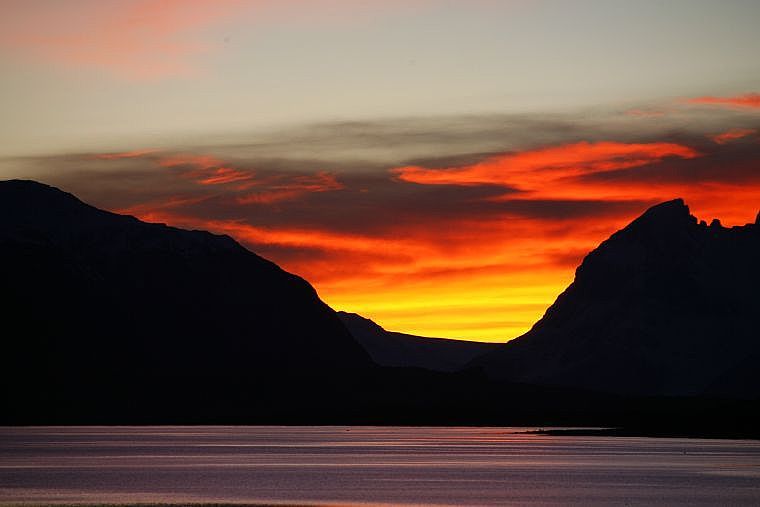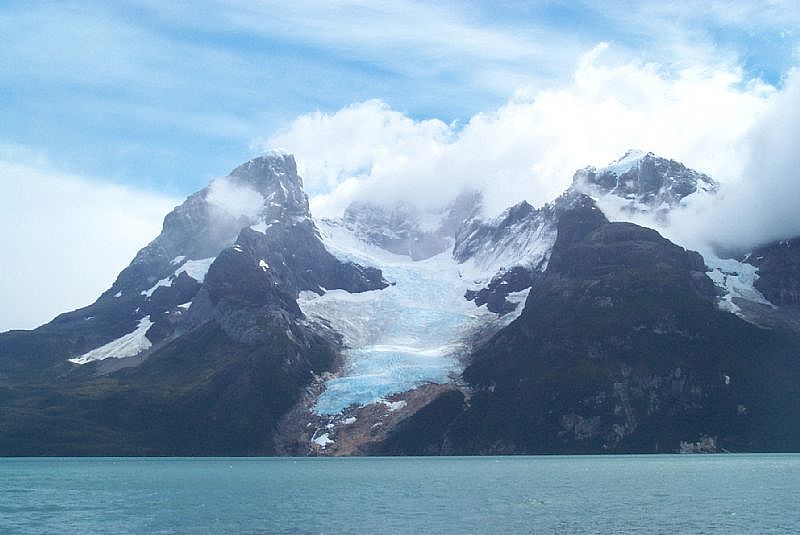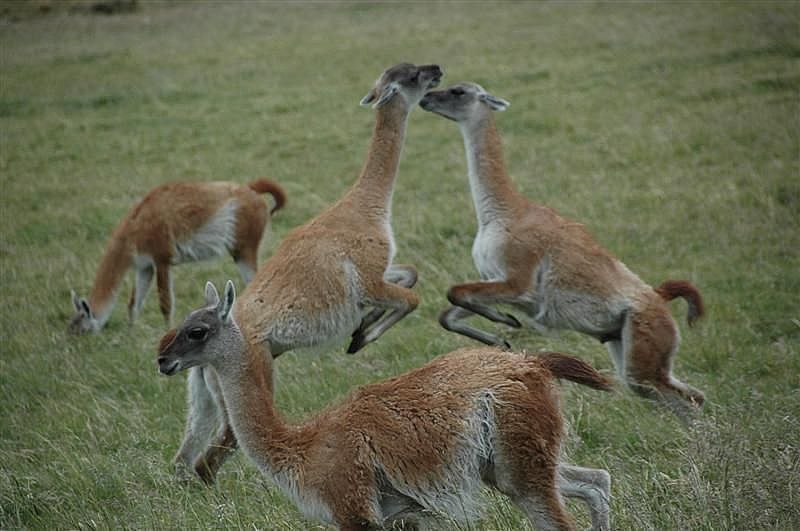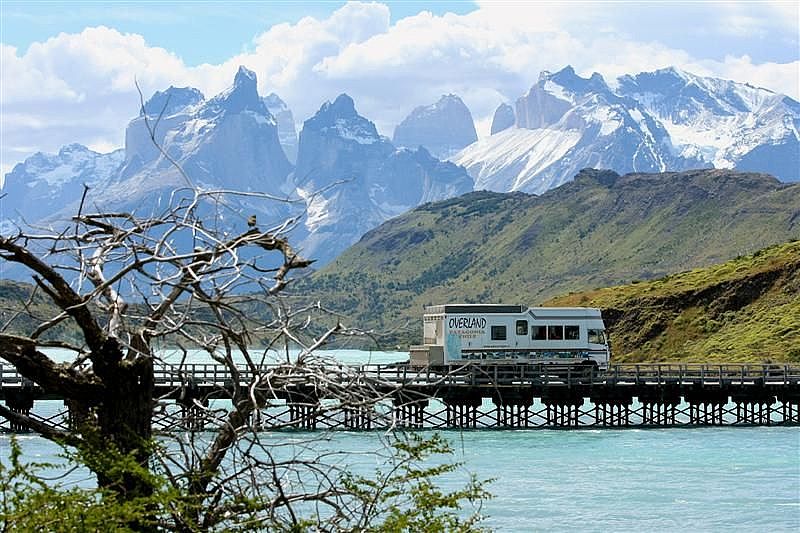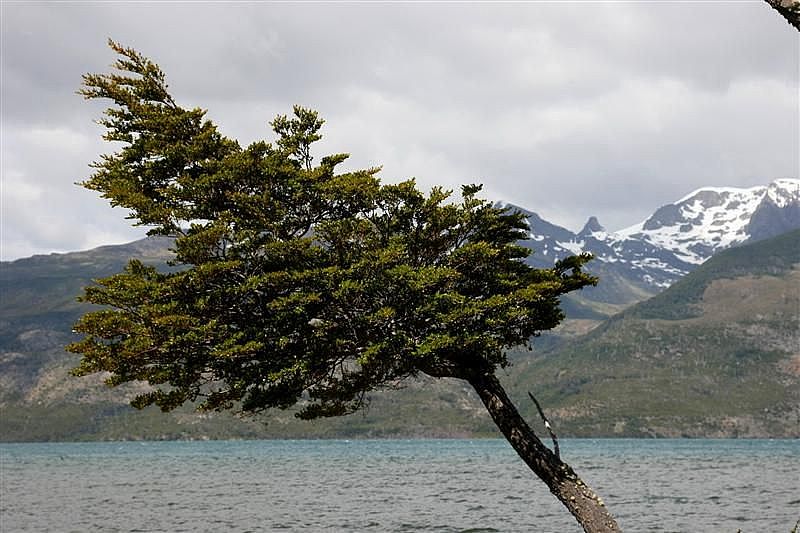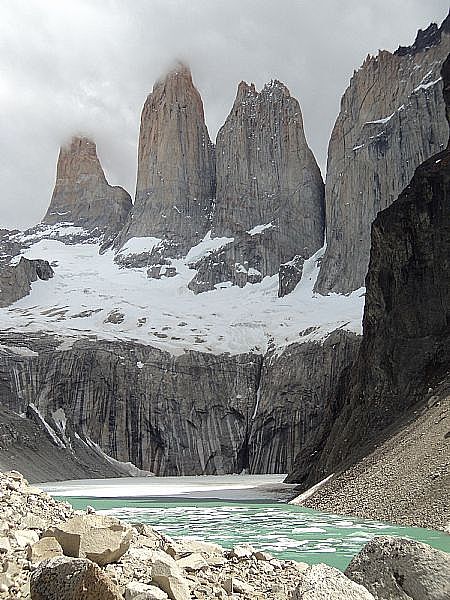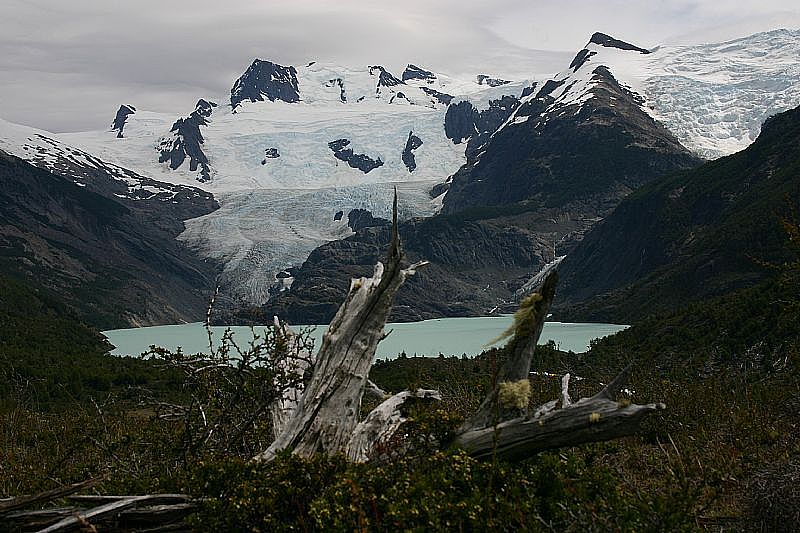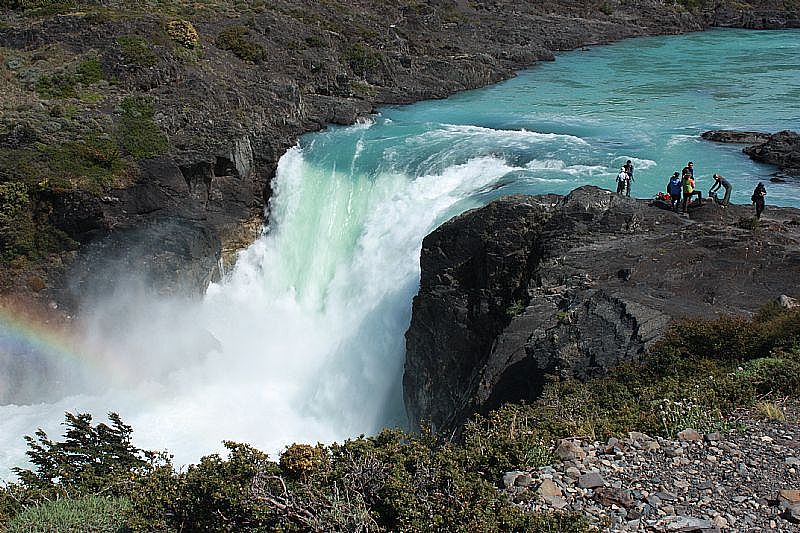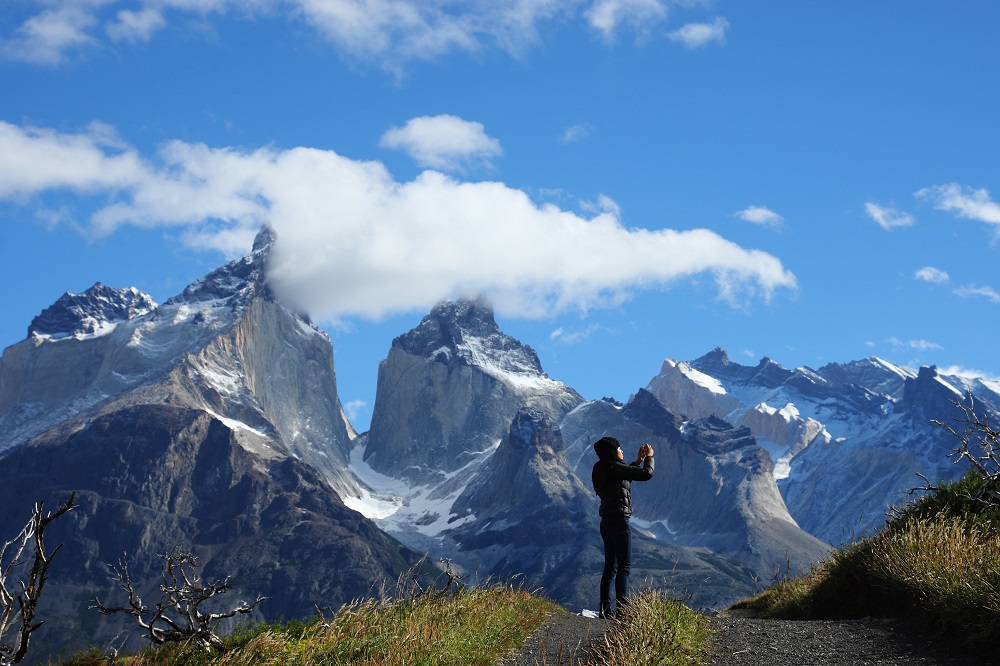WHERE TO GO IN TORRES DEL PAINE AND PUERTO NATALES
Puerto Natales:
It is the gateway to the Torres del Paine National Park, the Cueva del Milodón National Monument, the Bernardo O'Higgins National Park and Campos de Hielo Sur (Southern Ice Fields), among many other attractions. It has excellent services and tourist infrastructure. It has shops, historic buildings, craft fairs, a waterfront along the Señoret Canal, and many other interesting places to visit such as Plaza Arturo Prat, the Museo Histórico Municipal (Historic Municipal Museum) and the Muelle de Pescadores Artesanales (Fishermen's Wharf), located south of the waterfront.
Costanera de Puerto Natales: (Waterfron of Puerto Natales)
This strip along the Señoret Channel allows you to observe a beautiful landscape where we find the Ballena, Mocho, Tenerife and Mocho hills among others. It is also the habitat of various types of waterfowl.
Pueblo Artesanal EtherAike:
It is on the corner of streets Phillipi and Angamos. It brings together many local artisans that exhibit and sell their handmade works such as jewelry, carvings, textiles and other types of souvenirs of the area.
Monumento Natural Cueva del Milodón: (Cueva de Milodon National Monument)
It consists of three caves where remains of milodones, herbivorous animals believed to be extinct in the Pleistocene period were found. The largest cave is 150 meters and is 30 meters high and 200 meters deep.
At the entrance of the monument we find the Silla del Diablo (Devil's Chair), a rock formation caused by erosion in the Laguna Sofia (Sofia Lagoon). It is 35 meters high and is a natural view point offering a panoramic overview of the area.
The Milodon Cave is located 24 kilometers away from Puerto Natales.
Laguna Sofía: (Sofia Lagoon)
It is 30 kilometers away from Puerto Natales and during the months it is a busy resort where water activities like fishing and kayaking are performed. It is surrounded by an amphitheater of hills. It has camping areas as well.
Parque Nacional Bernardo O’Higgins: (Bernardo O’Higgins National Park)
It is located within the Campos de Hielo Sur (Southern Ice Fields). Its path is through the Fiordo de Última Esperanza, 260 nautical miles. Among its attractions are Puerto Eden, the enormous Pius XI glacier and native wildlife such as otters, eagles, cormorants, wolves and the huemul, which is currently in danger of extinction.
Parque Nacional Torres del Paine: (Torres del Paine National Park)
The Eighth Wonder of the World and Biosphere Reserve by UNESCO is a paradise for lovers of ecotourism. From stunning granite mountains such as the Torres del Paine, to beautiful valleys surrounded by untouched nature, lakes and rivers. It has more than 181,000 acres, has roads for cars and hiking trails. It can be visited throughout the year, but summer is the ideal time to go and enjoy all its attractions, to do more activities and to access all services of the park.
Circuito W:
This is one of the most attractive Torres del Paine National Park tours. It consists of 55 kilometers seeing various locations within the park which can be done in 4 days walking. You should carry a light backpack, warm clothes and water for hydration. At night there are shelters that are shared with visitors from around the world to enjoy the replenishing local cuisine and a night's rest before continuing your journey.
The first day begins at Refugio Las Torres and reaches the Base de las Torres (base of the towers), crossing dense forests. The road is on an incline so you must be physically fit to do so. The second part of the tour takes visitors to Refugio Cuernos del Paine, allowing to observe places like Nordenskjold lake and views of glaciers.
The third day takes us to the Valle del Francés (French Valley), a wonderful place that is in the midst of the Circuito W. It has a view point that allows you to view the Frances glacier and the beauty of the surrounding landscape.
On the fourth day, the tour takes you to the Grey Lake. While there you can take a boat that allows you to see the Grey Glacier.
Valle del Francés: (French Valley)
It is the central point of Circuito W that allows you to tour the biggest attractions of the Torres del Paine National Park. It has a view point offering wonderful scenery such as granite mountains, hanging glaciers, native forests and lakes. You can get there by crossing the path that crosses Lake Pehoé.
Lago Pehoé: (Pehoé Lake)
It is located in the center of the Torres del Paine National Park. It has beautiful turquoise waters and is powered by the Paine River. In the surrounding area there are comfortable accommodations and a camping area. This is one of the best places to see the Cuernos de Paine, providing the beautiful reflection of the mountains in its waters.
Río Paine: (Paine River)
This river virtually connects all water bodies within the Torres del Paine National Park. It surges in Lake Dickson, from which extends to the Paine Lake and then to Lake Nordernskjold. From there it becomes the Salto Grande, a waterfall of 12,000 meters high, which gives life to Lake Pehoé. Before finalizing in Lake Toro,it creates another waterfall, Salto Chico, which is 5 meters high.
Lago Nordenskjold: (Lake Nordenskjold)
This lake has beautiful blue-green waters, because of the high concentration of minerals from rocks found in it. It was formed by a melted glacier and has 200 feet of deepness where you can practice water sports.
It has a beautiful view point offering a beautiful view of Valle del Francés (French Valley), the Macizo del Paine Grande and los Cuernos del Paine (Horns of Paine).
Lago Grey: (Grey Lake)
This lake is of glacial origin and has an area of 3250 acres. It is located in the west of the Torres del Paine National Park. Its waters are turbid by the presence of glaciers and it also has islands, most bordered by the Grey Glacier.
Its waters are drained in the Grey River.
Glaciar Grey: (Grey Glacier)
The Grey Glacier is part of the Campos de Hielo Sur (Southern Ice Fields). It is 6 kilometers wide and 30 meters high. It has a distinctive blue color and some gray areas. One of the most amazing shows is to observe its huge falling ice blocks.
Glaciar Tyndall: (Tyndall Glacier)
The Tyndall or Geikie glacier is one of the largest located in the Campos de Hielo Sur (Southern Ice Fields). It is located in the Geikie Lake and it neighbors the Grey Glacier.
Lago Sarmiento de Gamboa: (Sarmiento de Gamboa Lake)
It is the largest lake within the Torres del Paine National Park, with 22 km of extension. It is characterized by thermal activity and calcium minerals, as those found in hot springs. From here you can see the Macizo Paine at its best.
Las Torres o Macizo del Paine:
They are found within the Torres del Paine National Park and have an area of 400 square kilometers. Its highest peak is Cerro Paine Grande, at an elevation of 2750 meters above sea level.
Its main attraction is the "Torres del Paine" huge granite formations shaped by glacial ice for thousands of years. The highest is the Torre Sur di Agostini, with over 2500 meters in height. The Torre Central has 2460 meters of altitude and the Torre Norte Monzino has 2260 meters of altitude.
Other high points are the Cuerno Principal, 2100 meters of altitude and Cerro Paine Chico with 2650 meters above sea level.
Cuernos del Paine: (Horns of Paine)
They are part of the Macizo del Paine and are located between the Valle del Francés (French Valley) to the west, and Valle Bader to the east.
Their representative peaks have heights ranging between 2200 to 2600 meters above sea level. The Cuerno Principal (Principal Horn) is the central mountains of these hills. It has a unique pyramid shape with 3 sides and its base reaches the Nordernskjold Lake.
Valle Bader:
In this area we can find untouched nature in the Torres del Paine National Park. It provides a beautiful amphitheater show of granite mountains that surround it. The land is difficult to access, with extensive moraines that provide access to the Bader Glacier.
